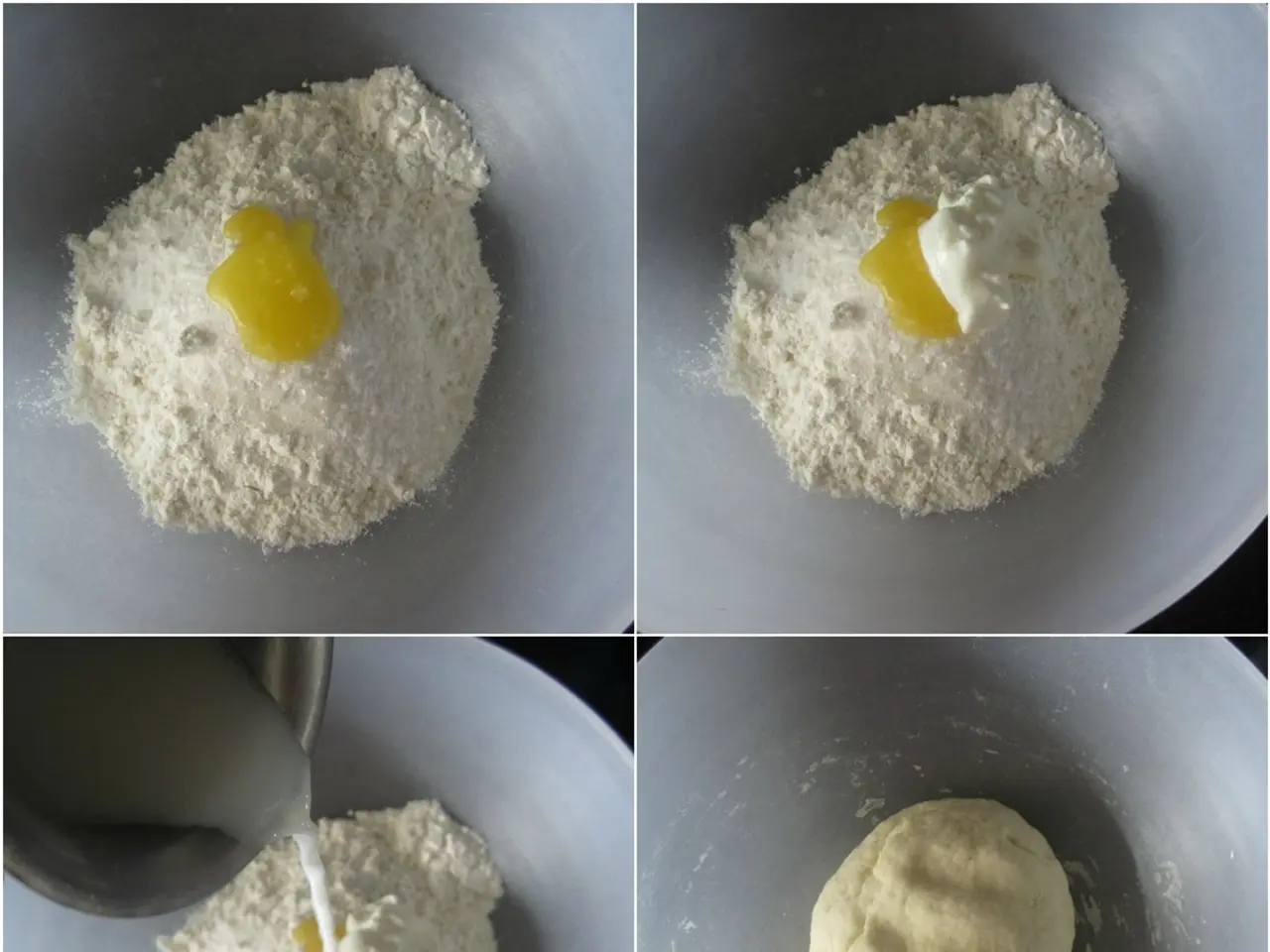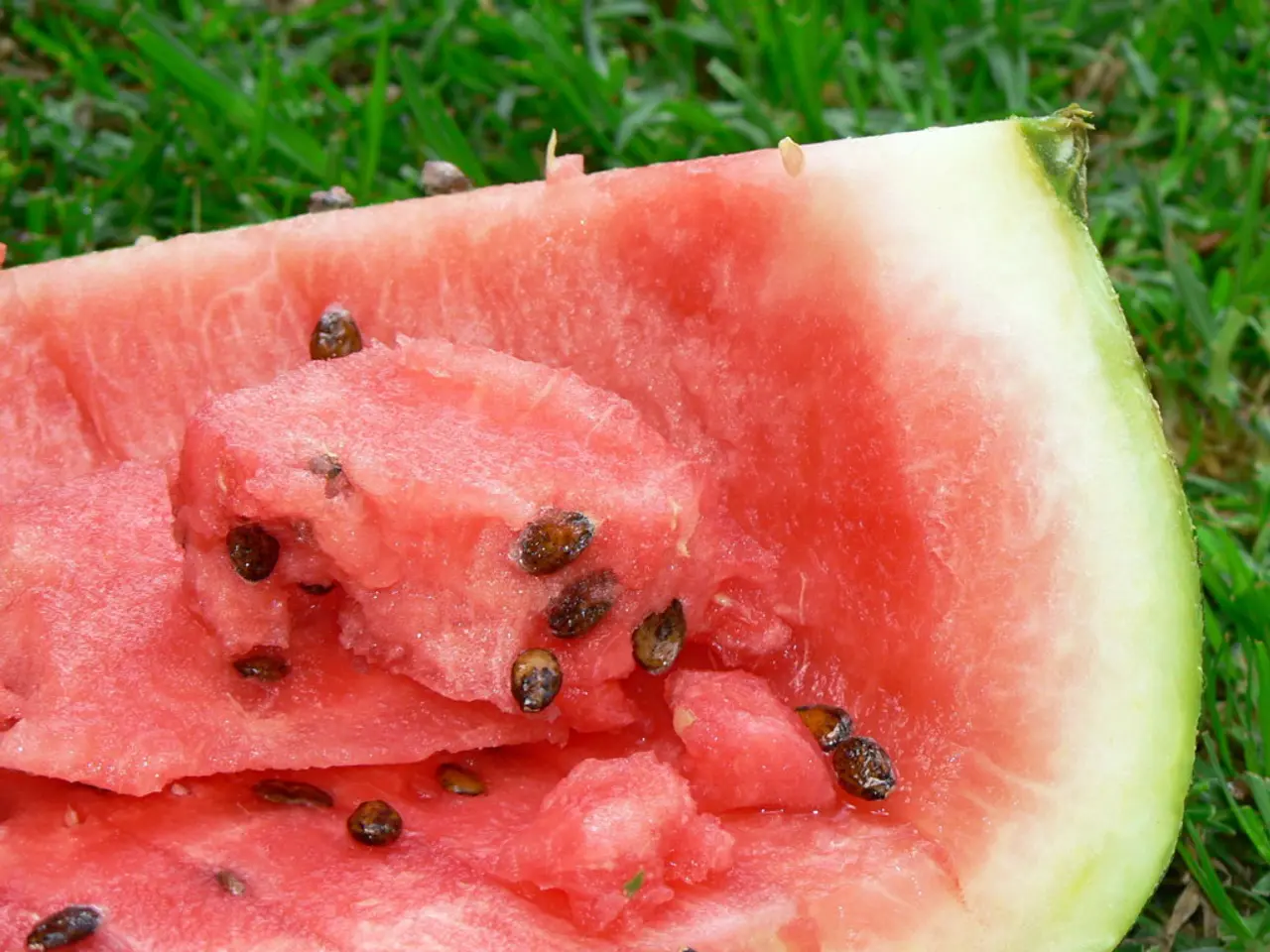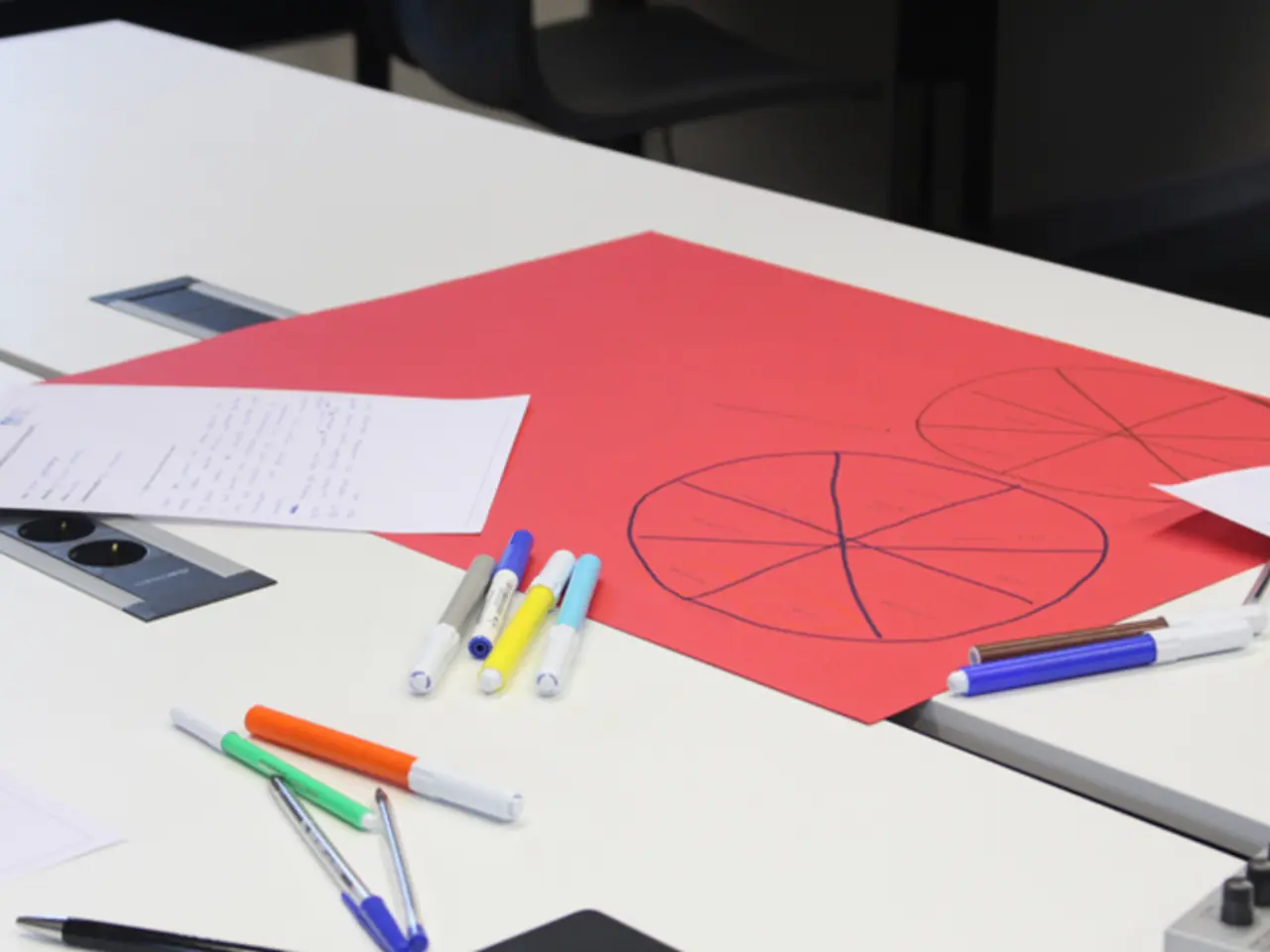Exploring the Mysteries of Mealtime in Schools: The Science History Institute's Latest Display Uncovers the Hidden Aspects of School Lunches
The Science History Institute in Old City Philadelphia is set to delve into an intriguing aspect of history with their upcoming exhibition, "Lunchtime: The History of Science on the School Food Tray". Scheduled to open on September 27, 2024, the exhibition promises to offer a captivating exploration of the evolution of school lunches in the United States.
The history of school lunches is deeply intertwined with scientific discoveries about nutrition, the professionalization of women in related fields, and the increasing role of the federal government in shaping national programs. Initially, school food programs began as women-led charitable initiatives focused on child welfare and nutrition, reflecting the gendered nature of care work and social reform in the early 20th century.
One of the highlights of the exhibition is a delicate hand-tinted illustration from a book published in 1801 showing a calorimeter, a funnel-like apparatus devised by French scientists Antoine Lavoisier and Pierre-Simon, Marquis de Laplace. This artifact underscores the scientific foundation upon which the understanding of nutrition was built.
The federal government's significant role began with the National School Lunch Act of 1946, which created the National School Lunch Program (NSLP). The NSLP, designed to address child hunger and educational equity, provided low-cost or free school lunches to qualified low-income students via subsidies to schools. The program set federal nutrition standards for meals and helped institutionalize school lunches as a fundamental public service.
The exhibition also sheds light on the rapid professionalization of American women, particularly in the fields of dietetics, home economics, and education. A subtext of the exhibition is the role Jean Fairfax, the founder of the NAACP Legal Defense Fund, played in advancing the cause of the school lunch.
The federal government's continuous leading role is evident in the exhibition, with the USDA's efforts to perfect the processes of dehydrating and freezing food, leading to commercial products like the Swanson frozen dinner. Other material innovations that extended the reach of the school lunch were cellophane and Saran Wrap, produced by DuPont and Dow Chemical Company, respectively.
The exhibition also touches upon the increasing reliance on frozen and packaged foods, such as Lunchables and pizza, and the nascent movement toward sourced and seasonal fresh food. A notable artifact is a package of Rebel Crumbles, a healthy lunch alternative, which is distributed in Philadelphia public schools for breakfast.
Major support for the exhibition has been provided by The Pew Center for Arts & Heritage, with additional support from the Pennsylvania Historical and Museum Commission, Foodology by Univar Solutions, Quaker Houghton, and Fred and Elizabeth Weber. The Science History Institute, a museum and library dedicated to uncovering the hidden stories behind the history of science, is the proud host of this enlightening exhibition.
For media inquiries, please contact Caitlin Martin at cmartin@our website.org or 215-873-8292. The Science History Institute's museum will be temporarily closed until March 19, 2025, with a new exhibition slated to open in May 2025.
The Science History Institute's annual Curious Histories Fest will also return, with the 2nd Annual Curious Histories Fest scheduled for June 8, 2024, under the theme "Color Your World". The opening celebration for the "Lunchtime" exhibition, "Ring the Bell, It's Lunchtime! An Opening Celebration", takes place on September 27, 2024, from 5pm-8pm at the Science History Institute in Old City Philadelphia. Don't miss this opportunity to explore the fascinating history of school lunches!
- The Science History Institute, a museum and library dedicated to exploring the history of science, is hosting an upcoming exhibition, "Lunchtime: The History of Science on the School Food Tray".
- The exhibition delves into the history of school lunches in the United States, highlighting their evolution and the scientific discoveries about nutrition that influenced them.
- school food programs began as women-led charitable initiatives focused on child welfare and nutrition, reflecting the gendered nature of care work and social reform in the early 20th century.
- The federal government's significant role began with the National School Lunch Act of 1946, which created the National School Lunch Program (NSLP) to address child hunger and educational equity.
- The exhibition offers a captivating exploration of the professionalization of women in fields like dietetics, home economics, and education, including the contribution of Jean Fairfax, the founder of the NAACP Legal Defense Fund.
- Scientific instruments played a crucial role in building the understanding of nutrition, as demonstrated by the inclusion of an illustration of a calorimeter in the exhibition.
- The exhibition also showcases material innovations that extended the reach of school lunches, such as commercial food products like the Swanson frozen dinner, cellophane, and Saran Wrap.
- The rapid professionalization of American women is a subtext of the exhibition, and their impact on the school lunch program is highlighted throughout.
- The exhibition touches upon the increasing reliance on frozen and packaged foods, and the nascent movement toward sourced and seasonal fresh food, with a notable artifact being a package of Rebel Crumbles, a healthy lunch alternative distributed in Philadelphia public schools.




